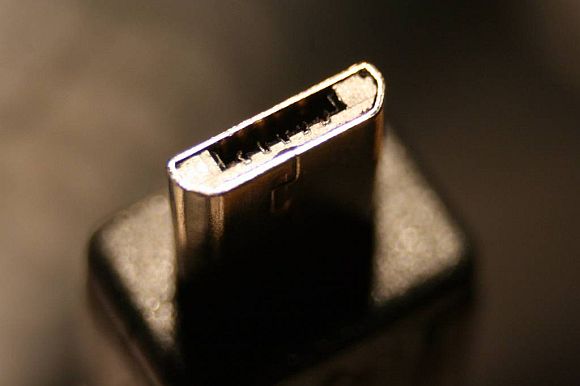
The European Commission has made it a mandate for all mobile phones sold in Europe to have a standard charging port. This year, all mobile phones destined for the European market must have a micro-USB charging port.
This mandate was formalised when two European electronics standardization bodies published specs detailing how data-enabled phones made by different manufacturers should all be using the same basic micro-USB charger starting this year.
Considering Europe is a sizable market for any mobile phone manufacturer wanting their piece of the mobile market pie, it is a safe bet that you will see this standardisation influencing stubborn manufacturers like Apple that insist on using proprietary charging ports.
For cost efficiency, it just doesn’t make sense for manufactures to produce the same device with different charging ports for different regions when its cheaper to just have one standard for all.
This then begs the question. Are the rumours of the iPad 2 to have a USB port true? It’s still too early to tell but this move by the EC does make for a compelling case. If the iPad 2 will feature a USB port, can we then expect the same for the iPhone 4 replacement? Chances are, most probably.
What do you think?
Press release after the jump.
Commission welcomes new EU standards for common mobile phone charger
Following a mandate from the European Commission, the European Standardisation Bodies CEN-CENELEC and ETSI have now made available the harmonised standards needed for the manufacture of data-enabled mobile phones compatible with a new common charger. This is the most recent development in the process towards a global common mobile phone charger initiated by the European Commission. It follows the June 2009 agreement of fourteen leading mobile phone producers to harmonise chargers for data-enabled mobile phones (i.e. that can be connected to a computer) sold in the European Union.
European Commission Vice-President Antonio Tajani, Commissioner for Industry and Entrepreneurship, said: “I am very happy that the European Standardisation Bodies have met our request to develop within a short space of time the technical standards necessary for a common mobile phone charger based on the work done by industry. Now it is time for industry to show its commitment to sell mobile phones for the new charger. The common charger will make life easier for consumers, reduce waste and benefit businesses. It is a true win-win situation.”
Incompatibility of chargers for mobile phones is not only a major inconvenience for users, but also a considerable environmental problem. Users who want to change their mobile phones must usually acquire a new charger and dispose of the old one, even if it is in good condition. In response to citizens’ demand for a common charger, the Commission invited manufacturers to agree on a technical solution making compatible the chargers of different brands.
As a result, world leading mobile phone producers committed themselves to ensure compatibility of data-enabled mobile phones, expected to be predominant in the market within two years, on the basis of the Micro-USB connector. The agreement was established in June 2009 and signed by Apple, Emblaze Mobile, Huawei Technologies, LGE, Motorola Mobility, NEC, Nokia, Qualcomm, Research In Motion (RIM), Samsung, Sony Ericsson, TCT Mobile (ALCATEL), Texas Instruments and Atmel (IP/09/1049).
The Commission then issued a mandate to the European Standardisation Organisations CEN-CENELEC and ETSI in December 2009, requesting the development of European standards for the common charger. The two organisations have now delivered. The standards allow for interoperability, i.e. the common charger is compatible with data-enabled mobile telephones of different brands. They also take account of safety risks and electro-magnetic emissions and ensure that common chargers have sufficient immunity to external interference.
The European Commission expects the first common chargers and mobile phones compatible with the new standards to reach the European market in the first months of 2011
[source, via here and here]
[picture credit]






